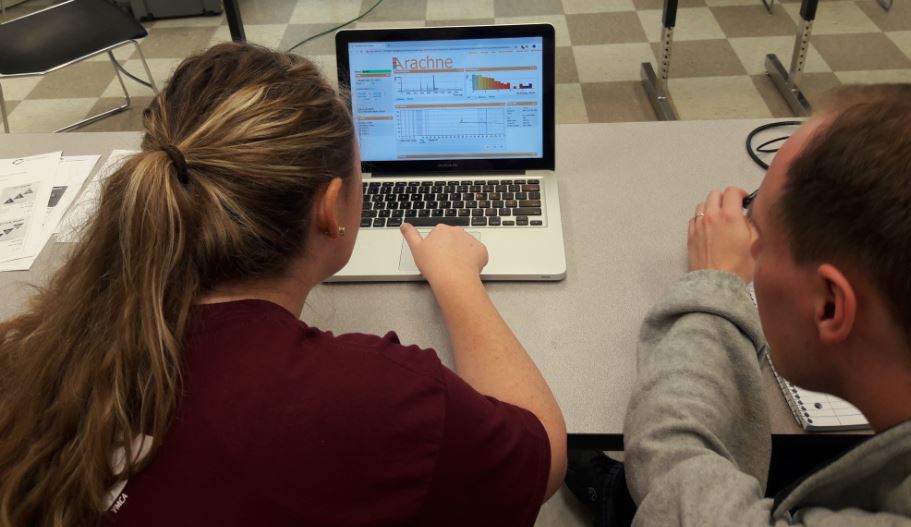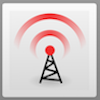
Spotlight on the Idaho State University QuarkNet Center
The Idaho State center continues to be one ot the centers ieading in cosmic ray studies. In their summer (well, technically late spring) gathering last June, the teachers brought their detectors to the university and started out troubleshooting and plateauing. They also assembled a complete detector and went on to do the time-of-flight experiment. After a "neutrino interlude," the teachers went back to cosmics and presented e-Lab posters. That interlude was unusual; the Idaho State center and the University of Cincinnati center shared a two-day neutrino data workshop through videoconferencing. The teachers did several neutrino data activities, participated in a presentation by Fermilab physicist Anne Schukraft, and did a MINERvA masterclass. The teachers learned that one of their own, Enrique Arce-Larreta, led a team of students who were winners in the Beamline for Schools (BL4S) competition. It was quite a year for Steve Shropshire and the Idaho State team.


News from QuarkNet Central
World Wide Data Day (W2D2) came and went this past Wednesday, October 16. About 1,000 students worldwide hammered down on ATLAS and CMS data in their classrooms. Read some retrospective in the International Masterclasses twitter feed.
Next up: International Cosmic Day is Wednesday, November 6, 2019. Register now if you haven't already!
International Masterclasses 2020 will run from February 26 through April 8. Registration will begin later this fall. Stay tuned. A new circular will come out next week. FF, the only news source you really need aside from the others, will keep you apprised.

Physics Experiment Roundup
DUNE is truly an international collaboration. The beam will be generated at Fermilab and go to a far detector at Sanford Lab in South Dakota with new technology pioneered by CERN. Read about this "dual-phase" technology in both CERN Courier and symmetry. Staying international but thinking astronomical: Let's say you are in, oh, Somers, Connecticut, and you look down to read your copy of symmetry. As you read, your "gaze vector" points, very roughly, through the earth toward clear skies for observation in Chile and Argentina. And the article tells you about it (the clear skies, that is). By the way south, there are also the mountains of Mexico and, as symmetry notes, the HAWC Gamma-Ray Observatory.

Resources
Do you know someone who wants a short, light, and interestng course on elementary particles? Well, a good start would be with classic Don Lincoln videos on the standard model, the weak force, the strong force, and fermions and bosons. Add QED and QCD for good measure and stir briskly.

Just for Fun
Hat tip to PI Marge Bardeen for sharing the fun items this week. First up is a video of the teacher with zero eccentricity. And xkcd asks and answers one of the great questions.
QuarkNet Staff:
Mark Adams: adams@fnal.gov
Ken Cecire: kcecire@nd.edu
Shane Wood: swood5@nd.edu